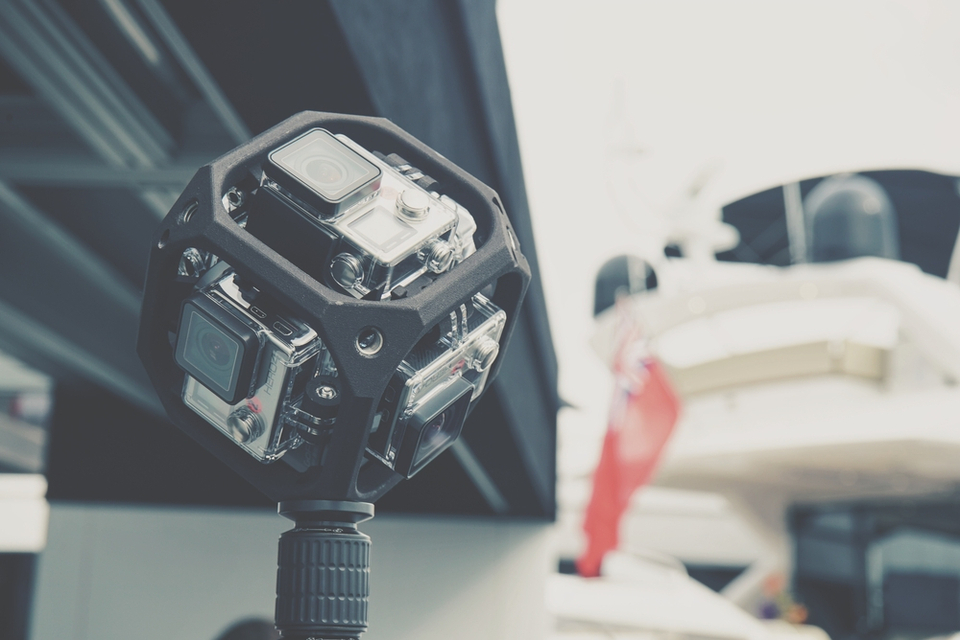Although still in its first stages of development, 360° video is opening up new horizons for the video industry. Driven by advancements in other technologies, 360° video is expected to reinvent filmmaking.
With 360° video’s spherical projection and panoramic photography, a whole set of traditional filmmaking tricks and narrative techniques would no longer be applicable, but it offers new possibilities that are even more exciting. The filmmaker wouldn’t create the experience and direct the viewer. Instead, the viewer chooses how to proceed within the immersive environment.
Raoul Grimoin-Sanson shot the first 360 degree film in the year 1900.Click To Tweet360° Filmmaking VR Cinema
The technology as a concept is as old as cinema itself. In 1900, Raoul Grimoin-Sanson, a French inventor, used Cineorama, a rig of 10 panoramic and synched cameras, to shoot 360-degree balloon ride for visitors of the 1900 Paris Universal Expo.
The development continues, and the experiences accumulate to make the technology viable for BtoB as well as BtoC applications. Offering user experience much more immersive than 3D technology, 360° VR video is perhaps the future of video and film industry.
Until now, no 360° video major motion picture has seen the day, but the technique is used to create a growing library of videos. Armando Kirwin is a VR expert and 360° video producer, having under his belt over 20 VR projects. According to Kirwin, advancements being made in especially three technological areas will lay the groundwork for further development and adoption of 360° VR.
These are the 3 Technologies Driving 360° Filmmaking:
3. Custom Hardware: Cameras.
This is the biggest hurdle facing cinematic 360° video. With an estimated ten million dollars for VR camera R&D, there’s still big room for improvement to make them viable and ready for adoption. Although there are 360° filmmaking cameras in the market, as of now, no VR 360° camera, or sensor, has been developed for professional use.
Getting footage is only the first step toward making a 360° video, then comes the post-production phase.
2. AI-Automated Stitching:
Just like Grimoin-Sanson’s system, VR camera system comprises multiple cameras arranged in a sphere. Here comes the “stitching” phase which is the process of blending footage from all cameras into a seamless video. Done manually, stitching is a complex and time-consuming process (from $8,000 to $20,000 and one week per minute of the final product).
Stitching automation, using AI algorithms, promises big savings in both cost and time. Google’s Jump that relies on “optical flow” is one of the solutions being leveraged for automated stitching.
1. 360° Drones:
Drones are predisposed to taking aerial video in general and 360° in particular; thanks to their mobility, they can cover larger areas and make accessible difficult shooting locations. Drones outfitted with a spherical multi-camera array would bring new dimensions and different angles to scenes to capture high definition videos to be stitched later.



















Quite an informative article on 360° Filmmaking.. Good read!
Happy you liked it.